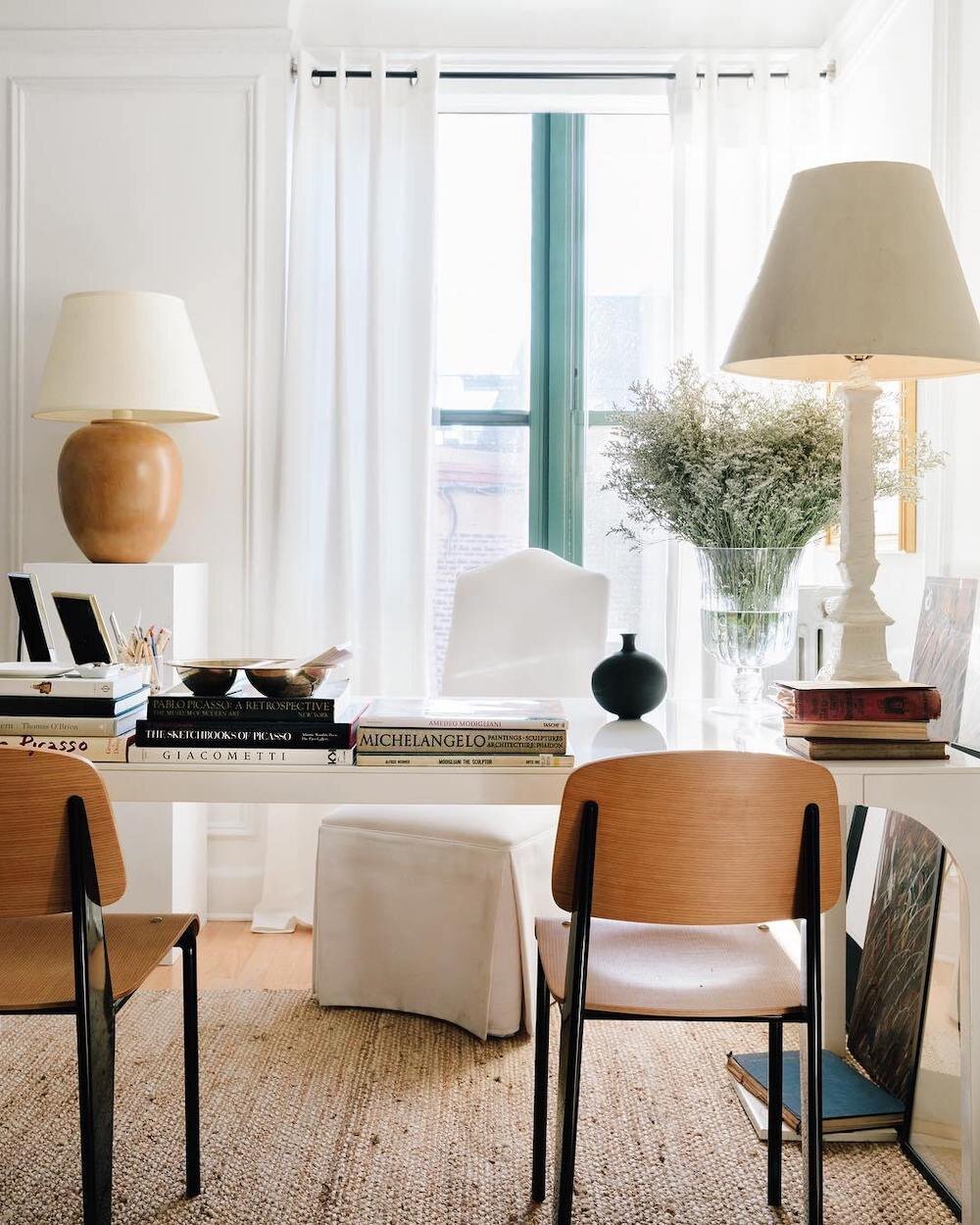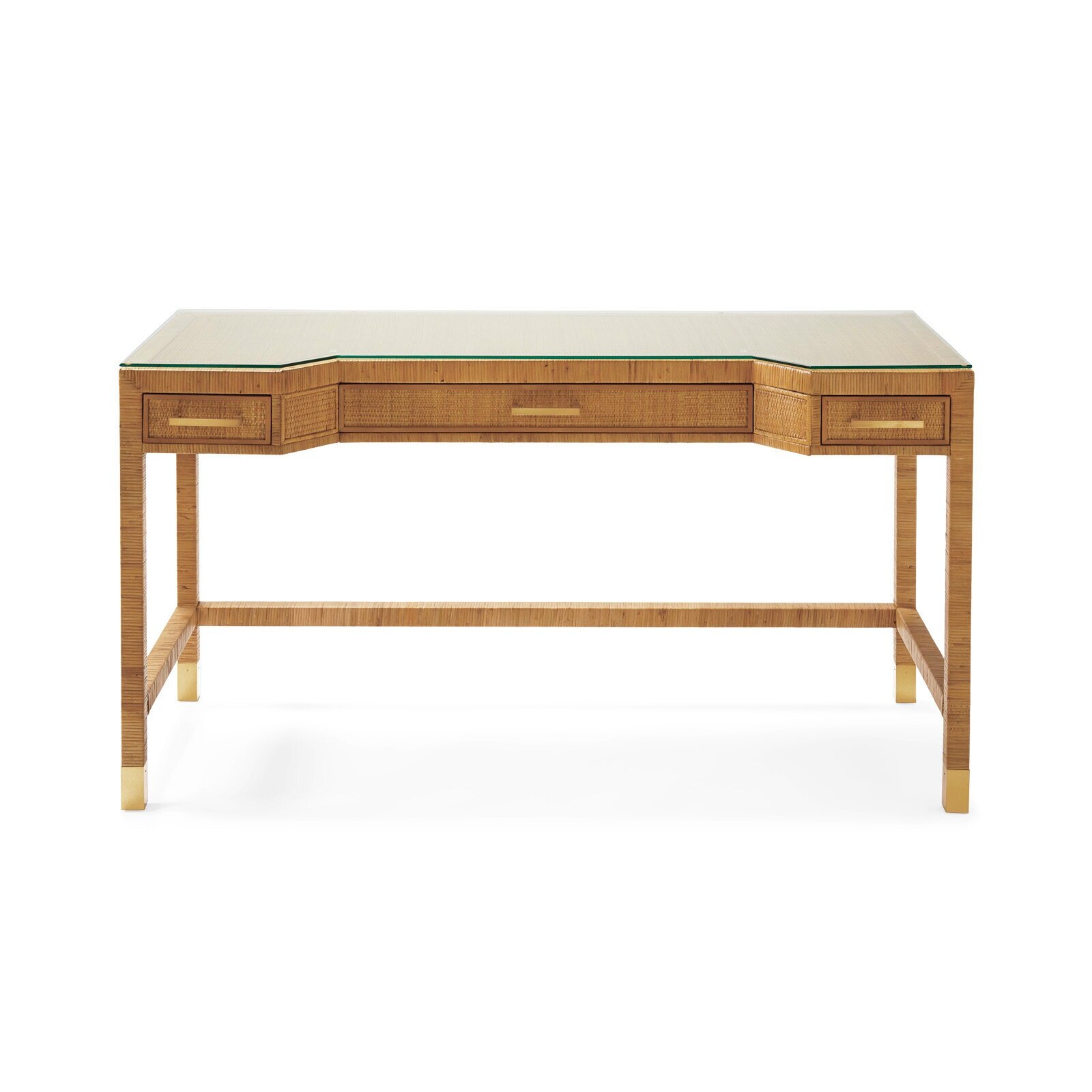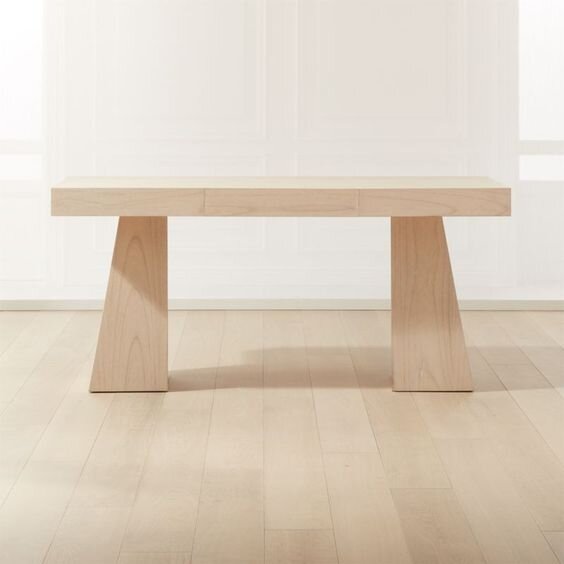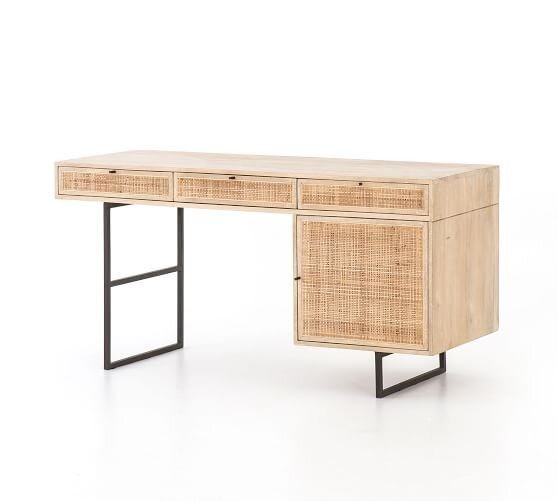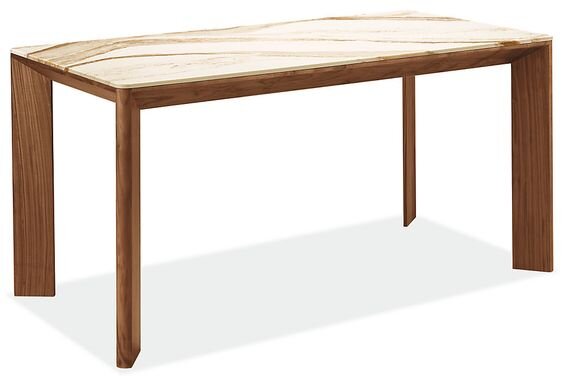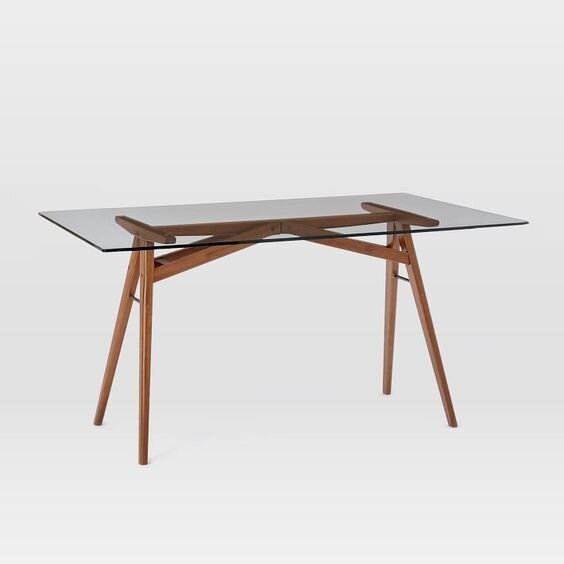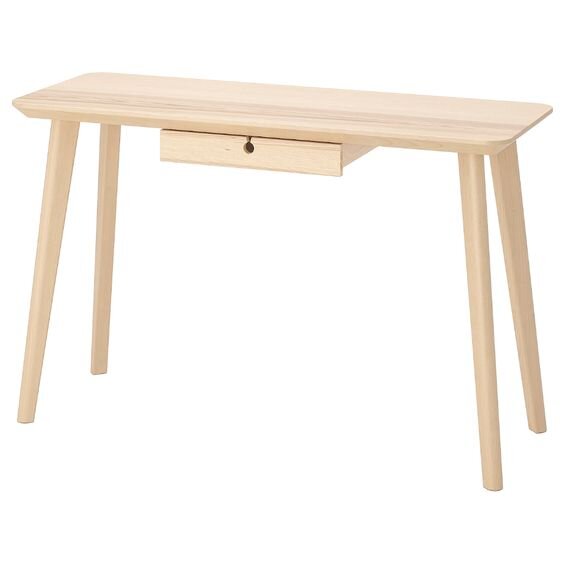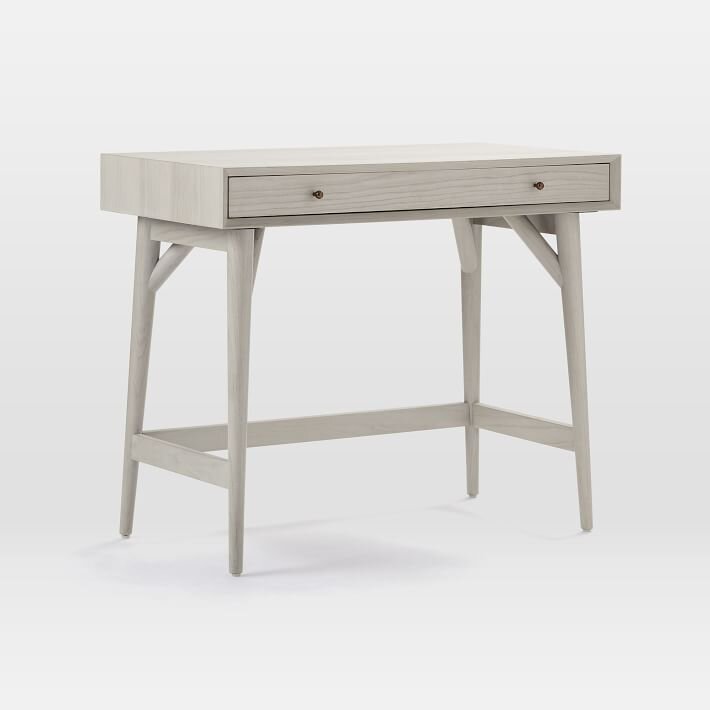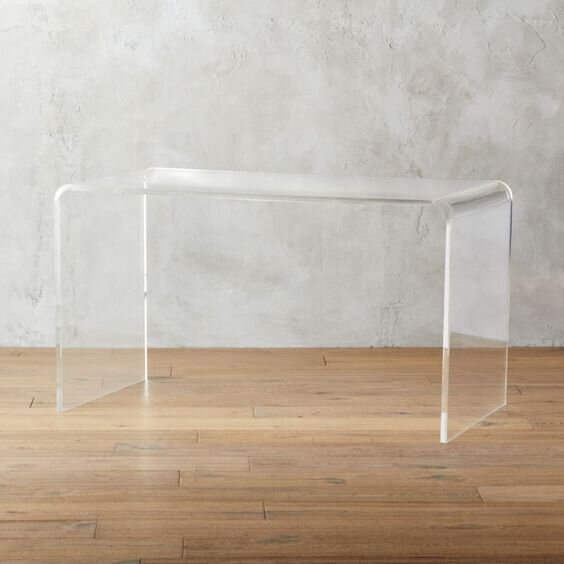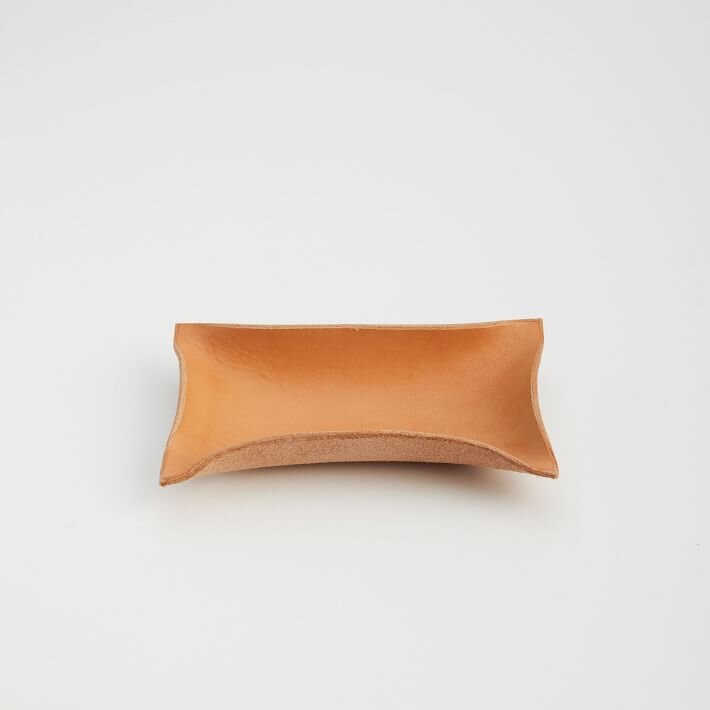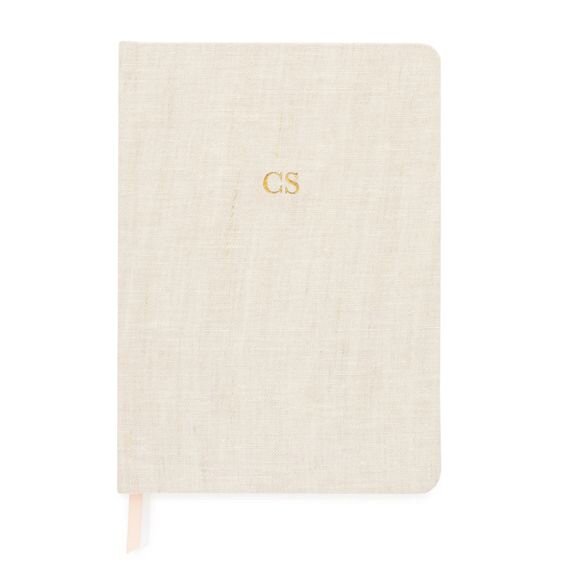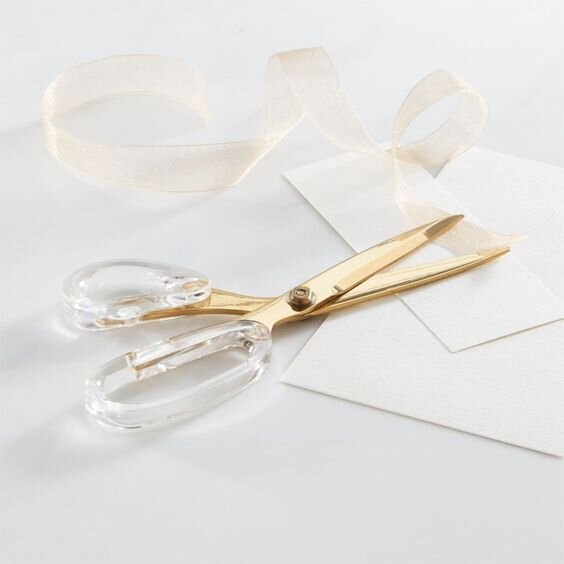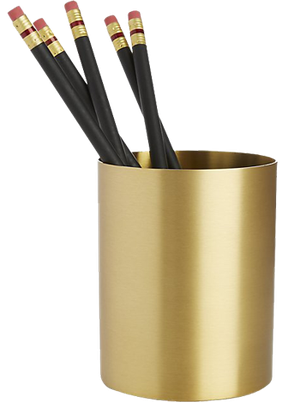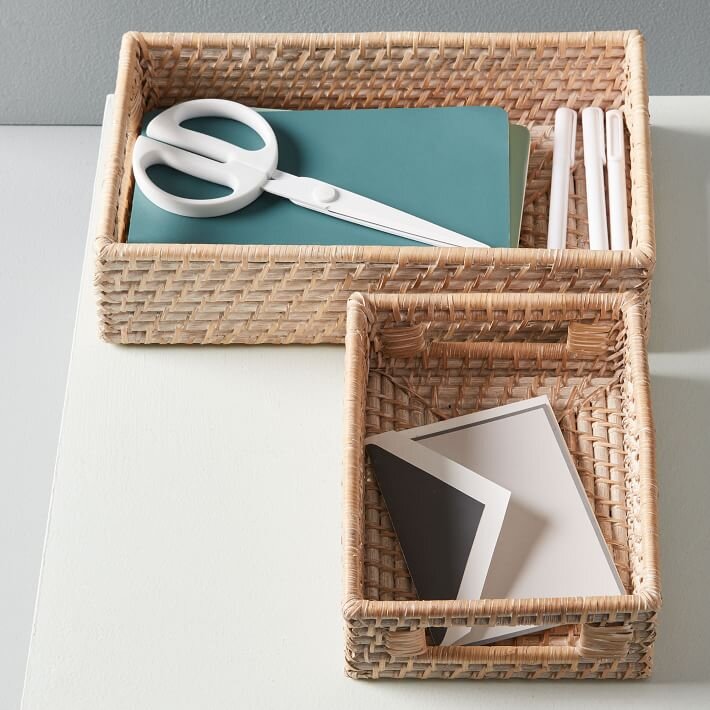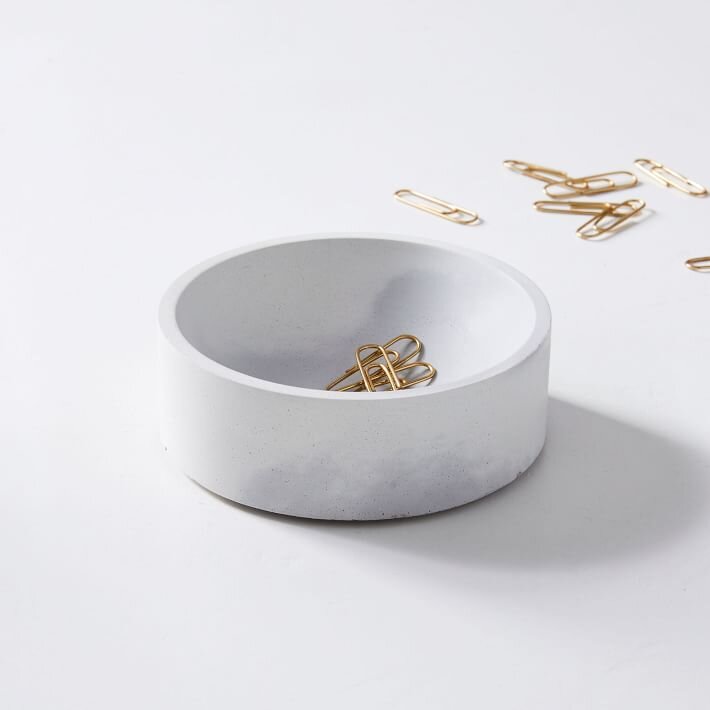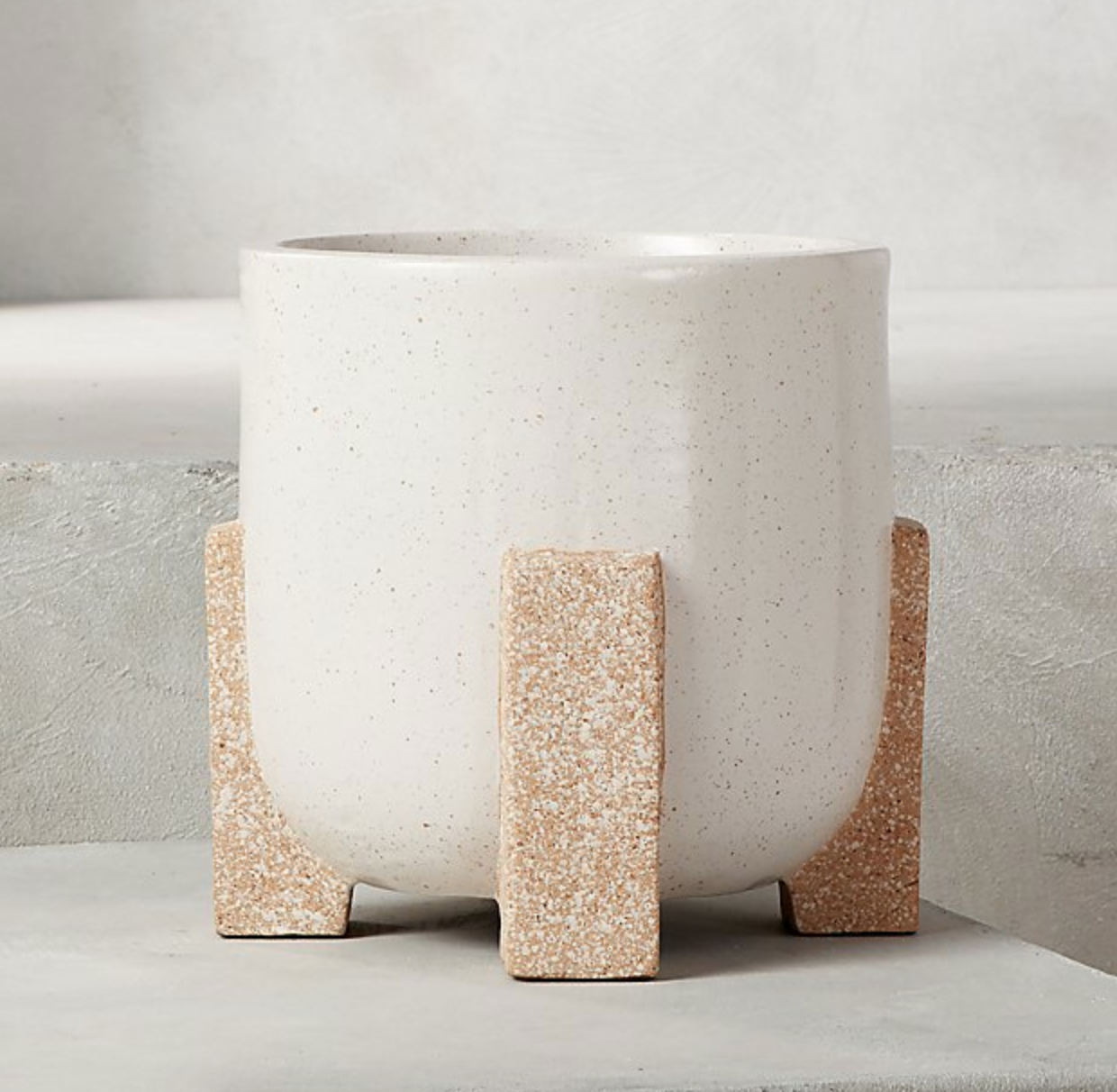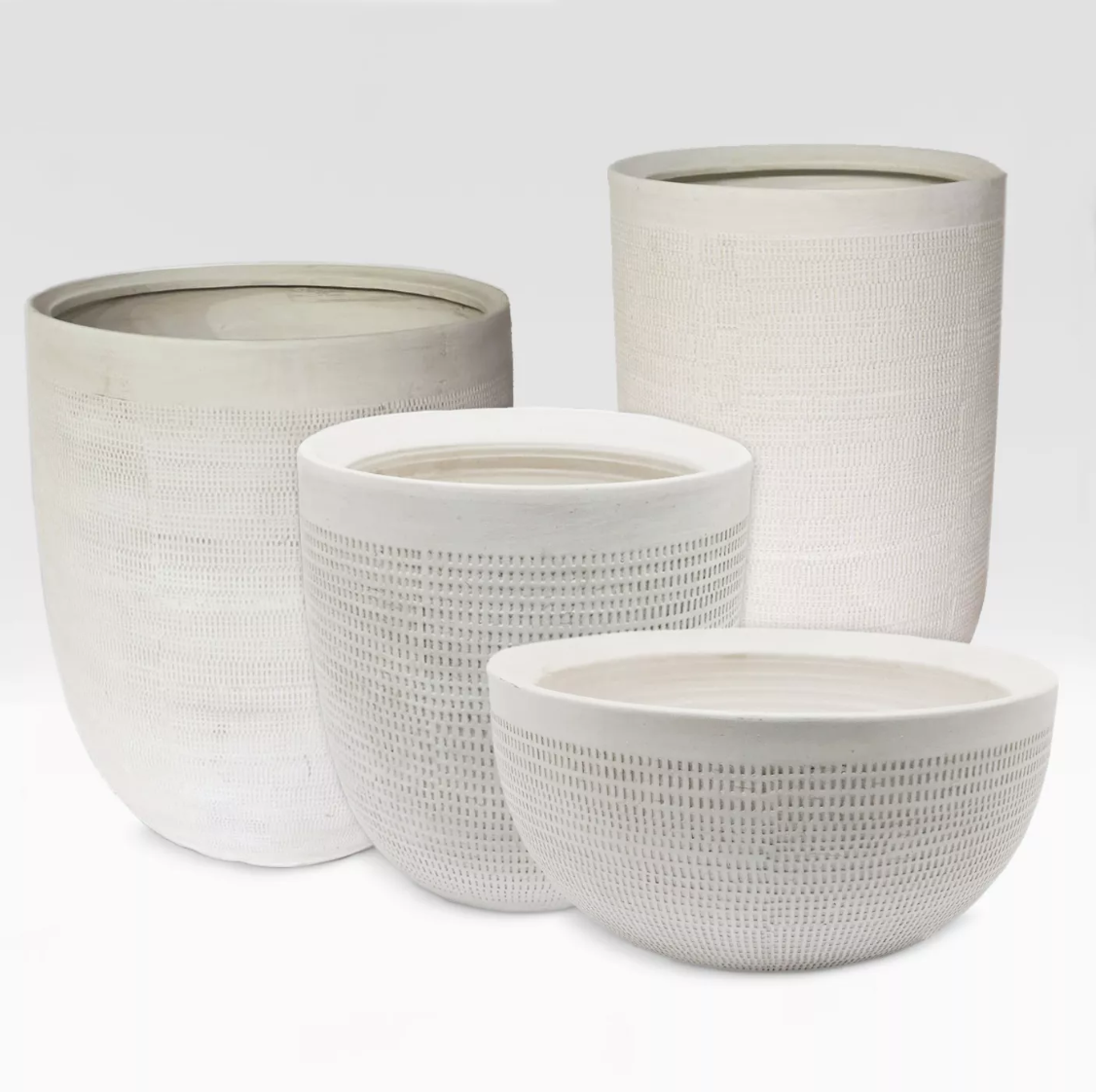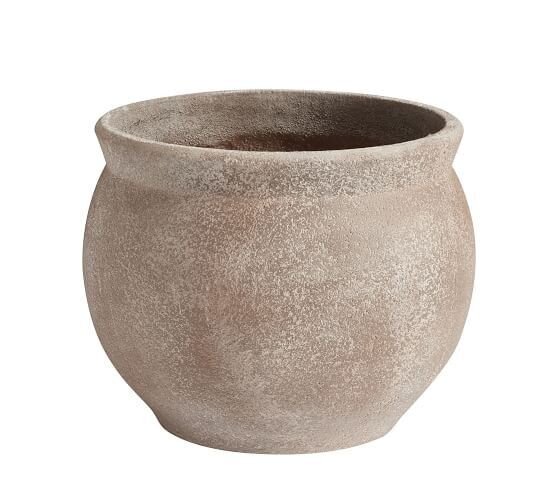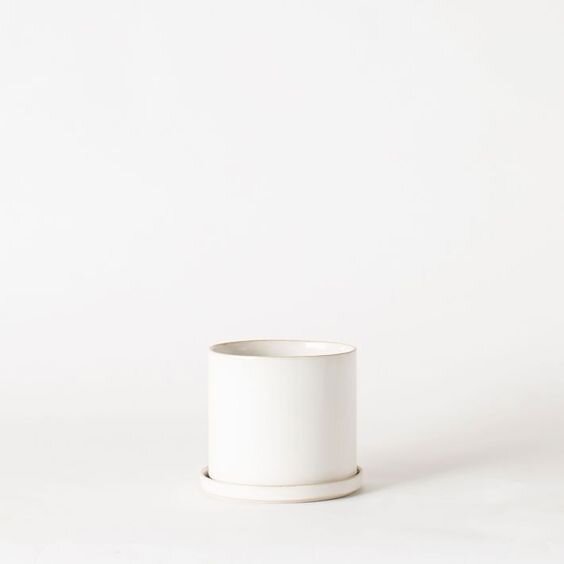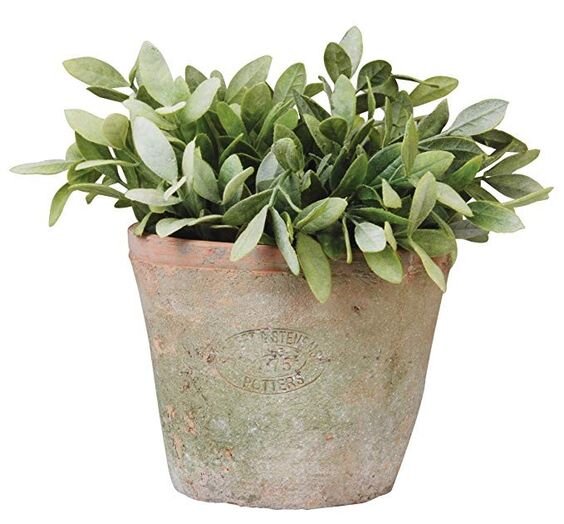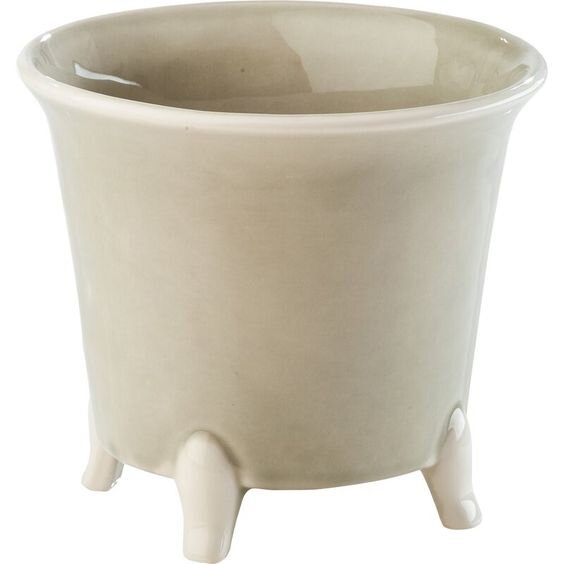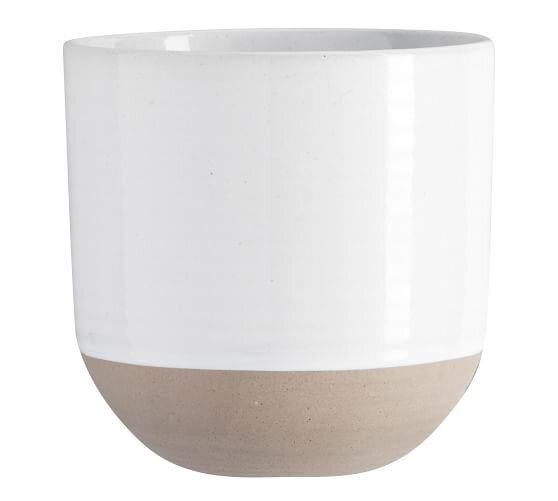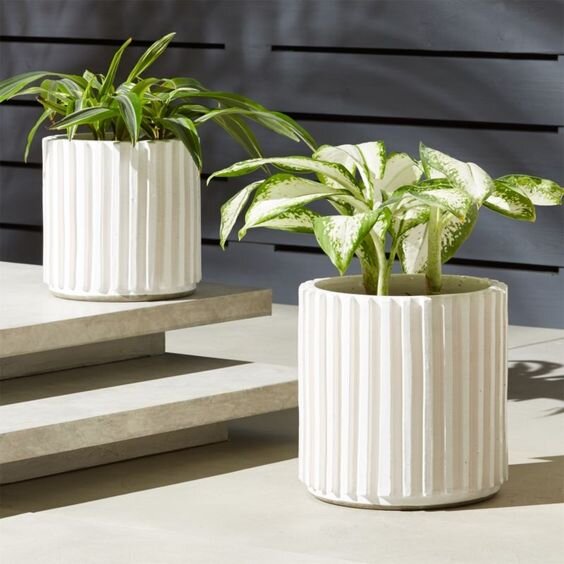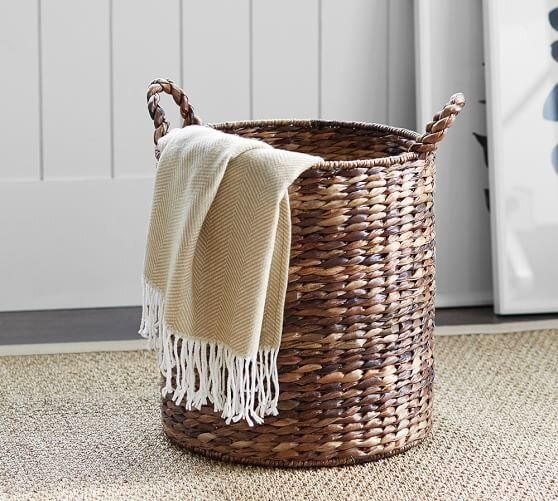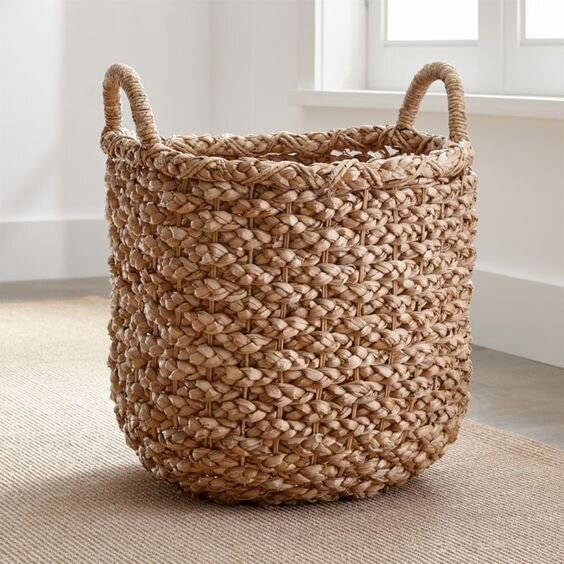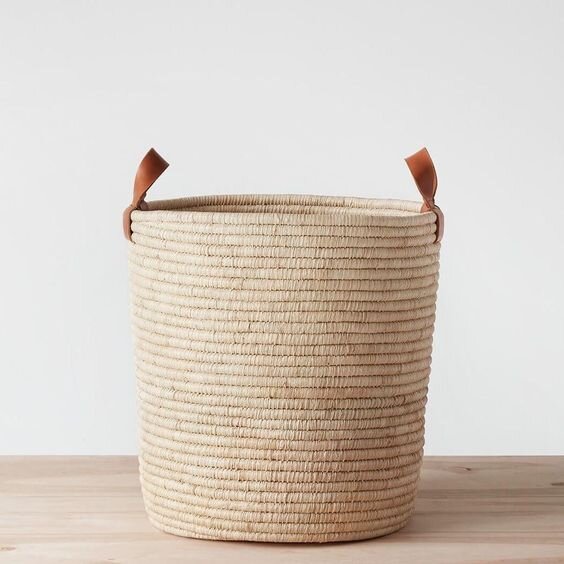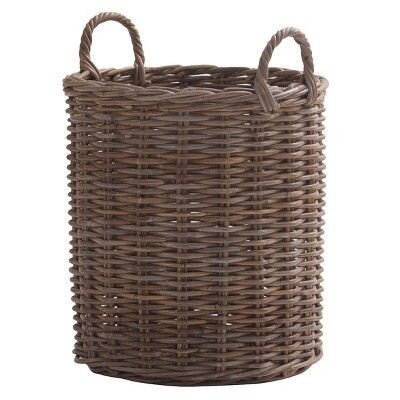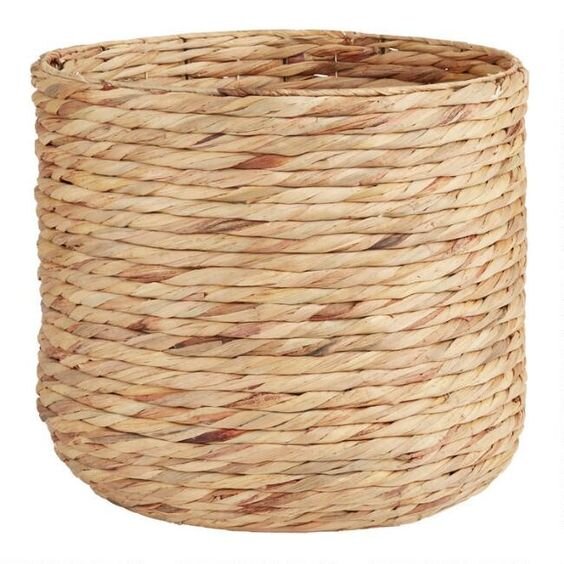It seems like every family I know has someone working from home right now—whether it’s you, your spouse, or your kids— so at-home work space is in high demand. If you’re lucky enough to have a dedicated office space in your home, you may be thinking about how you can make it a more functional and aesthetically pleasing place to work. If your spouse is working from your living room and taking conference calls on speakerphone all day, you might be trying to figure out how to create a new home workspace (with a door that closes).
I rounded up some of my favorite office inspirations below and also combed the internet for the best desks and office accessories you can buy to make your office (or guest bedroom / kids’ room / corner in your living room) an easier and more enjoyable place to work.
The most important piece of furniture for your home office should be functional and also ideally nice to look at — here are a few desks I’m loving in a variety of styles, sizes and price points (as low as $150!):
Accessories are a low cost way to upgrade your desk and bring a little joy to your workspace. I think that acrylic stapler might actually make me happy to file my paperwork.
If you could use some professional advice on planning out a dedicated space in your house for a home office, I’d love to help! You can send me an inquiry here. Hope everyone is staying healthy and sane at home!
xo
Lindsey

